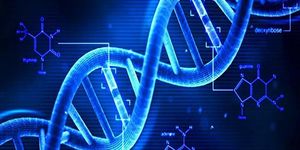Creating Animal-Friendly Machines

A fairly young and dynamic discipline, the study of machine ethics is geared towards humans. However, now the field is being pushed towards animals to protect them from harm since they cannot make ethical decisions on their own. Semi-autonomous and autonomous machines and robots may be used as moral machines using annotated decision trees that contain ethical assumptions or justifications for animal interactions. There has been several prototypes of semi-autonomous and autonomous machines that were developed by FHNW University in Brugg-Windisch, Switzerland with the intentions of not startling wild animals. These prototypes include “ladybird-friendly robot vacuum cleaner, a self-driving car, a drone study for nature photography and advanced driver assistance systems”.
In the article "Towards animal-friendly machines", written by Professor Oliver Bendel of the FHNW School of Business and published in the Journal of Behavioral Robotics, described how annotated decision trees intended for animal-friendly moral machines are now being created and compared while developing moral justifications transparent.

To illustrate, the modeling for the drone was created to ignore humans and to avoid harming flying birds as well as identifying skittish animals and only photographing them from an appropriate height. Another example is the robot vacuum cleaner which was programmed to identify ladybirds by their color, and instructed to stop vacuuming until an insect has moved away. Furthermore, the owner of a machine can control the morality of a machine by presetting it to spare ladybirds, but instead to set it to vacuum undesirable insects and other invasive species. Although this does not seem to be animal-friendly it can be justified if it includes harm and danger, such as a vermin-free house.
"Both robotics and computer science must be sensitized to animal protection and advocates for animal ethics should follow developments in robotics and artificial intelligence and should be involved in both," explains Professor Bendel.
Source: De Gruyter








